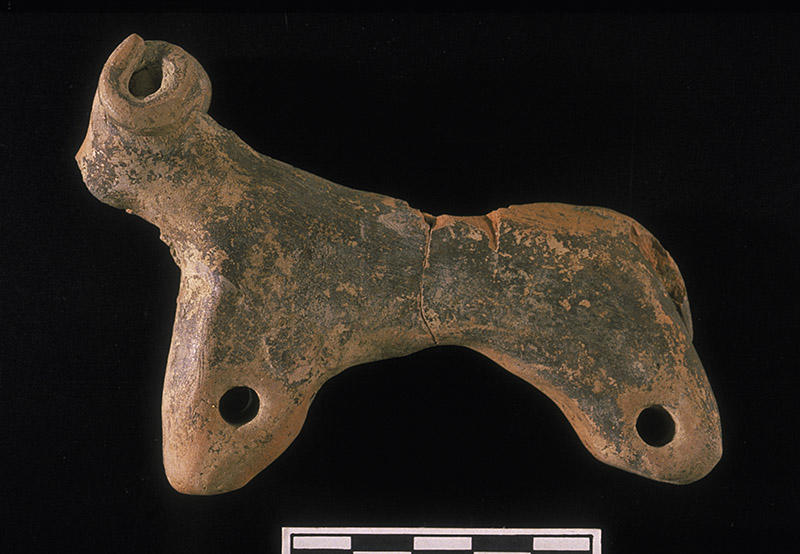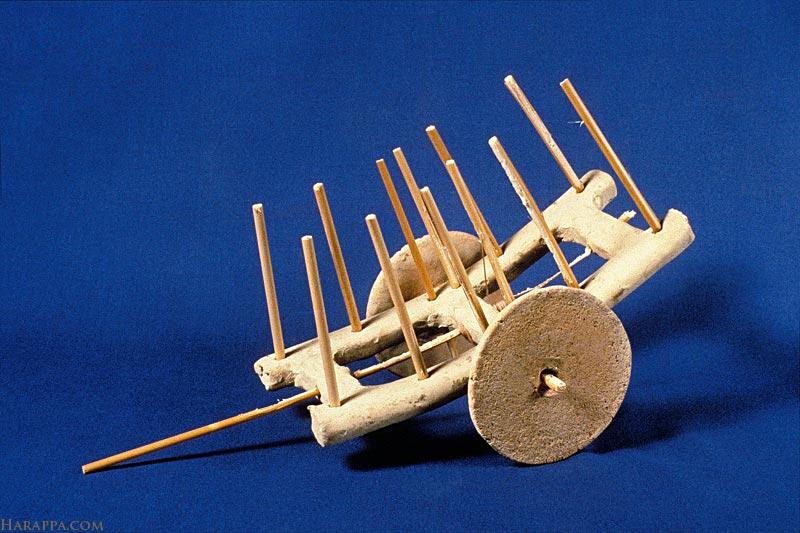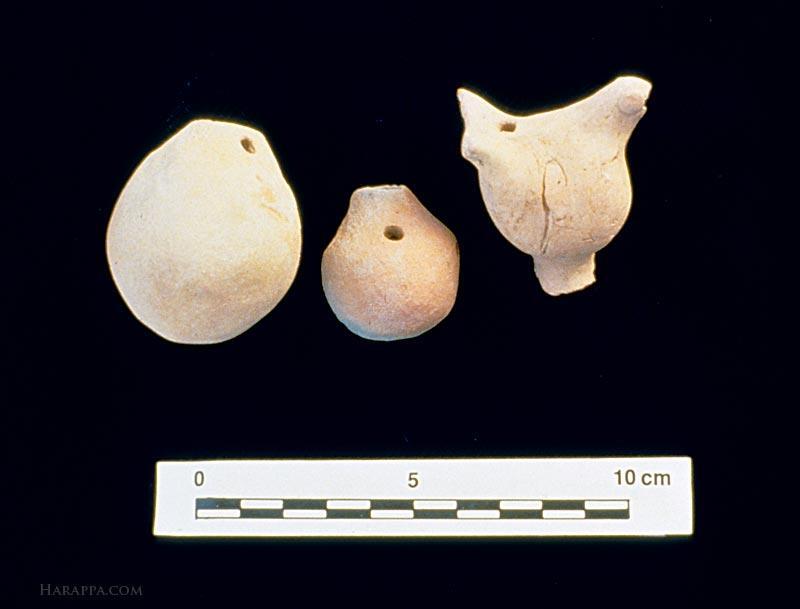A comprehensive roundup of all that we seem to know about toys in the ancient Indus Valley from The Oxford Handbook of the Archaeology of Childhood. "Children have been underresearched in South Asia because it is a theme that is often not regarded as a serious subject for consideration," writes the author, a Professor at JNU; her response is to enumerate the history of toys found during various excavations at Indus sites, especially Harappa and Mohenjo-daro, to find, in part, that the earliest excavations were some of the most fruitful for the subject at hand. The artefact types are numerous: rattles, whistles, toy carts, vessels, cages, figurines, balls and marbles, and gaming pieces. Her objective is to discuss "the sheer diversity of toys and gaming artefacts, the spatial contexts within which they were found, production of these artefacts, the problems of classification in relation to certain artefacts, and the ages of the users of some of these objects. Finally, I will discuss the implications of finding an amazingly diverse range of toys and gaming artefacts in an urban milieu" (p. 181).
Her work builds on that of other Indus archaeologists and scholars, particularly Alexandra Ardeleanu-Jansen and Elke Rogersdotter. Even though all the answers are not at hand, she notes in her conclusion what is so intriguing about Indus toys. Clearly this was the first time in South Asian history at least that children had such an exceptional material life to grow up with. What this might have meant for their mental development and social culture in general must have been substantial: "For the richness and diversity of toys and gaming artefacts from Mohenjodaro and Harappa is striking. This is in sharp contrast to the periods preceding and following the Mature phase of the Harappan Civilization. As far as the Indian subcontinent is concerned, we next encounter a similar wealth in material culture, including in toys, in the Early Historic cities. It is this typological diversity, as well as an access to distant regions, which can be seen in the range of materials used, that marks urban centres apart" (p. 193).
Images: 1. Wheeled ram figurine found at Harappa. 2. Toy cart, Nausharo. 3. Toy whistles found at Harappa. More Harappan toys.






